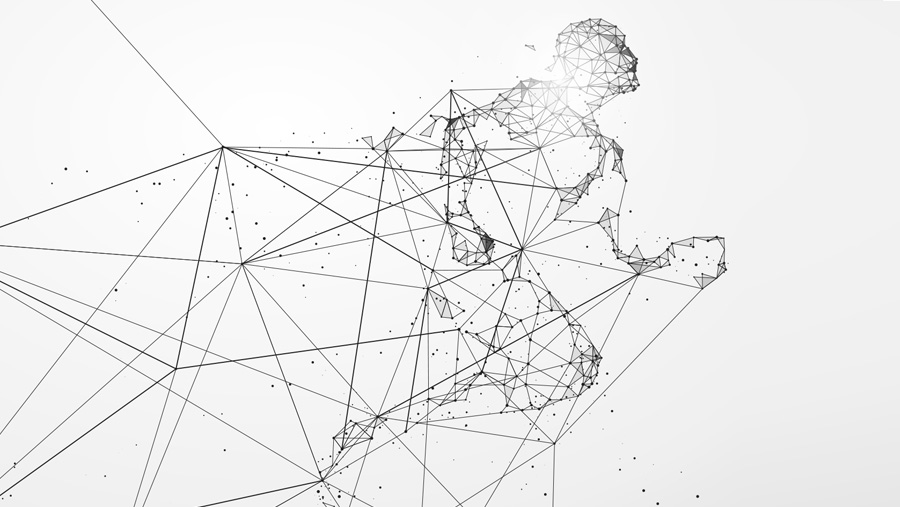How to Invent the Future

The future is not fixed. It is not a set point over the horizon that we are all running toward, helpless to do anything about it. The future is built every day by the actions of people.
When people ask me how they can prepare for the future, I tell them that they are asking the wrong question. We build the future—the way to prepare for the future is to invent it. If we do not take action, we cede control, turning the future over to others—or worse, to the mindless efficiencies of technology or economic greed.
People and organizations can all invent their futures. The first step is research, pulling together a wide variety of disparate and multidisciplinary sources of data to inform their vision. This is putting knowledge to purpose, using a mix of social science, technical research, cultural history, economic and trend analysis, global interviews, and even a little science fiction to envision a range of futures.
The next step is to ask, based on this research, what is the future we want and what’s the future we want to avoid? Both are important. Understanding the dark futures and the steps we need to take to avoid them is possibly even more important than determining the tomorrows we do want to inhabit.
Next, we turn around from our 10-year-out vision and ask: What are the steps we need to take today, tomorrow, or five years from now to get to these positive futures and avoid the negative? As an organization, what needs to happen in four years? How will we build upon this to reach a new set of goals eight years from now? These incremental steps allow us to shape and invent the future.
Along the way, we explore what actions an organization can take but also consider what events, breakthroughs, and tragedies are out of our control and likely to happen so that we can anticipate how they might affect the futures we have envisioned.
This futurecasting process is not simply a method for inventing the future. It is a framework, a way for people and organizations to envision multiple futures, to take action to shape them—while also giving us a way to process new information and unexpected events.
This futurecasting is not about prediction, either. Instead, it allows us to embrace the many uncertainties that lie between today and the futures we are exploring. These uncertainties are our potential for innovation and opportunity. Without these possibilities, the future would be fixed and closed, stamped with an expiration date and unable to be changed.
The final step is to construct our stories of the future, expressing both the positive and the negative. This requires being able to tell people those stories in an understandable way. When I work with organizations, I find these stories provide a shared language for their people to talk about the future and refer to the underlying research and science and even to argue about the future. After all, discovering two conflicting futures is an important part of invention, and finding people with different perspectives to debate these futures is a gift. That’s because of another important reality: No vision of the future is completely correct, and the reality of the future will likely lie somewhere in the middle of those different perspectives.
Ultimately, the way we invent the future is to change the story we tell ourselves about the future that we will live in. If we change the story, we see different possibilities, make different decisions, and take different actions. Human beings are story-believing machines. Our very consciousness is based on our ability to tell and, just as importantly, understand other people’s stories.
A well-researched and informed vision for the future can change lives, transform companies, and vastly improve the public good. As an applied futurist, I’ve seen it happen over the past half-century—we boldly envisioned our future in space, and we now see Mars on the horizon. But we must ask ourselves: What is the future we want? What is the future we want to avoid? And finally, what are we going to do about it?
We all must actively work to invent the future; it’s too important to be left to chance.
Listen to a conversation with Brian David Johnson about inventing the future at pewtrusts.org/afterthefact










